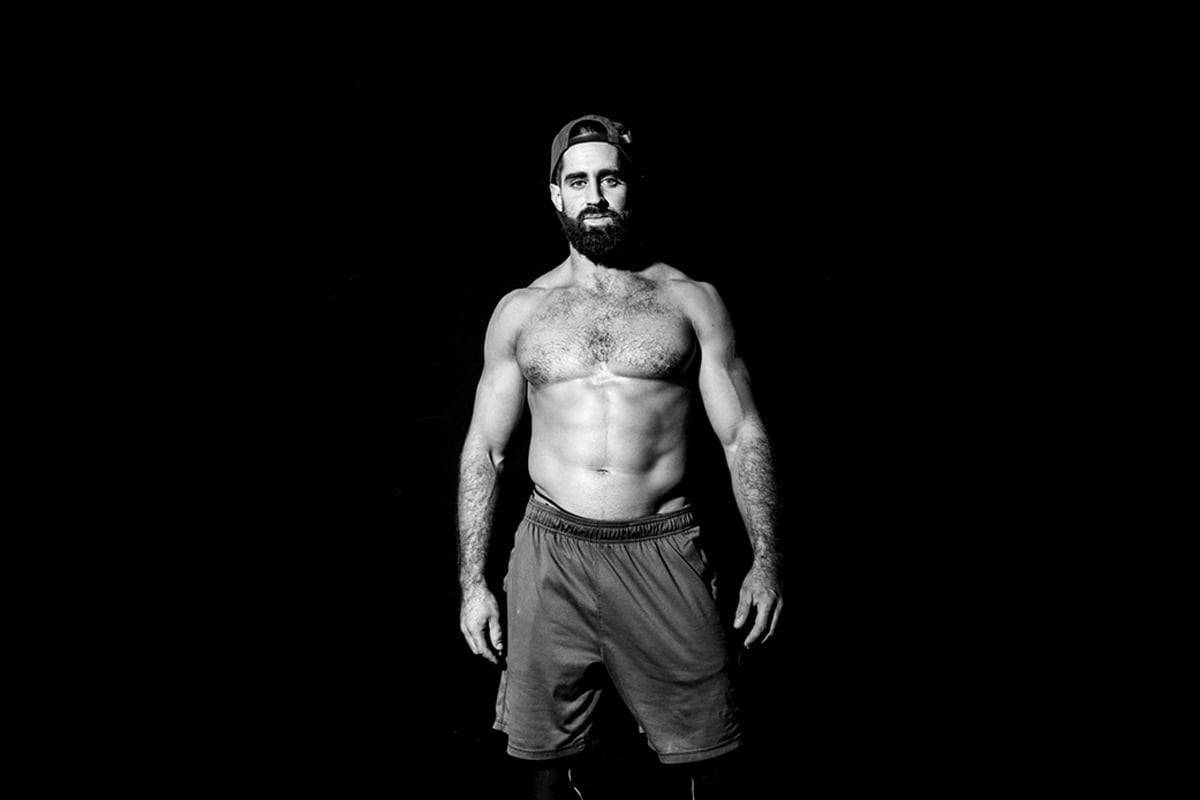Knowledge
CrossFit : The Top 3 Most Efficient Exercises To Include In Your Off-Season – Part 3
Articles, Crossfit, Strength and performance

CrossFit : The Top 3 Most Efficient Exercises To Include In Your Off-Season – Part 3
In this article series, I will present the most efficient exercises I use in the early preparation phase of CrossFitters. Basically, if you didn’t reach the regionals or you are coming back from them or from the Games, these are in my opinion the best go-to exercises to start your year right.
Part 3: Core, Core & Core
If you don’t have at least 2 sessions per week to specifically train your core during your off-season, you are totally out of line. I mean, if you just feel a little bad because you know you always hit your 3 sets of 15 crunches after each of your training, you’re also out of line.
I know there are so many movements in CrossFit you need to work on, but they would be all so much easier for you if you had your foundations to help you out. Your core is the foundation of every one of your movements, from your push-ups to your clean and jerks. It helps you to connect your lower and upper extremities in complex movements such as the snatch, and even more on the deadlift, or for more advanced athletes, kipping or butterfly pull-ups.
While you are attacking these lifts or movements by doing them as much as you can or with the best program ever made, again, the solutions can be much closer than you think. When we talk about core, people think instantly about hip flexion. Crunches are probably the most popular, while in CrossFit we know them as « abmat sit-ups » or « butterfly sit-ups ».
Another hardcore variation would be the unpopular weighted GHD abs. Yes, I know what you think. Basically, the hip flexion is the most popular core training we know, while the front plank comes second to them. In most gyms, knowledge about core training is very low compared to all we know about strength training and Olympic lifting.
Here is a little step-by-step structure to use in your next training plan :
- What’s the type of posture you’re dealing with?
Yes, hear me out, please. Look at your members or your athletes. Do they look like they have a normal lower back curve (extension posture) or do they have a flat back (flexion posture). If you’re dealing with someone that has an exaggerated lower back arch, chances that they will exaggerate more while doing a front plank are high if they don’t know how to do a posterior pelvic tilt and contract their rectus abdominous. Also, they probably also have a tight lower back so, putting them in a prone plank will just add more tension to what is already tight. Put them in a supine position, show them how to put their lower back flat on the floor and make them consciously work.On the other hand, if you’re dealing with someone that has a flat lower back, you need to bring them « more extension » in their training. The bird dog exercise is a great learning exercise in that case. So nah, « the 5 best exercises to strengthen your core » doesn’t exist. It depends on how you are built. - Find your weaknesses:
I’m not revealing anything here, you need to evaluate. Here are a few simple tests that will give you A LOT of information :- Max hollow hold with the lower back held flat, hands together above the head, and feet in plantar flexion
- Max Sorensen hold
- Max side plank
- Max L-sit hanging from a bar
- Forget about your max crunch in 1 minute, please
- What type of exercises do you need?
I know you like to do your GHD sit-ups at the end of your training, but I don’t think this is the most frequent movement you need to perform in your weekly training. Just think about how much time you have a barbell on your shoulder, a medicine ball in front of you, a kettlebell swinging back between your legs, dumbbells on your shoulders while doing lunges. You almost ALWAYS have something you need to support, and what is helping you to support all of this? You know now. Start to introduce some carry exercises (front rack KB carry, farmers carry, unilateral FM carry and front rack KB carry, sandbag carry, overhead yoke carry) in your training as well as isometric holds (I love side planks variations) and weighted isometric hold (for more advanced athletes, weighted side planks, Chinese planks).There will be much more carry over in your performance. - Where in your training?
Start to introduce 2 weekly « core-circuits». Choose ones that will target 3 exercises (1 dynamic transverse dominant, 1 lateral dynamic or isometric and 1 supine or prone isometric hold) and choose one that will use more « carry » exercises. Here’s an example:
|
Week #1 |
Week #2 |
Week #3 |
|
| CORE-CIRCUIT #1
|
3-4 sets Seal walk 30m |
4-6 sets
Seal walk 30m |
4-5 sets Seal walk 30m |
| CORE-CIRCUIT #2 |
EMOM 10MIN 1: 2KB front rack carry 40s |
EMOM 14MIN *same prescription |
3 rounds for quality |
And remember, don’t be too fancy, the simplest exercises are often the most efficient, it always depends on the how (the training method) and the prescription (sets, reps, rest).
-Coach K